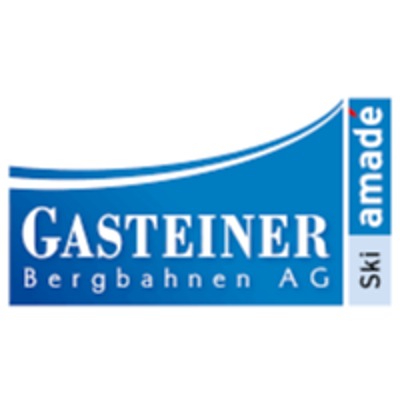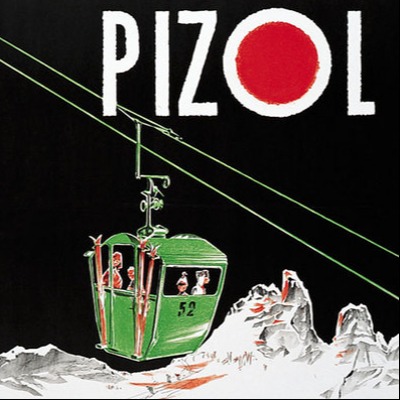Stephanie Venier

She's a member of the strong Austrian speed team and despite a season with mixed results, she's committed to come back at her best level and race for a medal at Are 2019.
Stephanie Venier (born 19 December 1993) is an Austrian World Cup alpine ski racer, and specializes in the speed events of downhill and super-G. Born in Innsbruck, Tyrol, Venier made her World Cup debut at age 19 in January 2013. She gained her first podium in January 2017 in a super-G at Garmisch, Germany several weeks later at the World Championships, she won the silver medal in the downhill.
Here is Stephanie Venier's story.
Since your beginnings in the European Cup you chose to focus on the speed disciplines. Was this an easy/obvious choice for you?
At the beginning, I practiced all four disciplines but I always preferred the speed disciplines, so it was an easy decision to focus on super-g and downhill.
What do you like the most about super-g and downhill?
I love the speed and it’s exciting to have to overcome yourself at each run.
Which one is your favorite discipline?
Hard to say, both super-g and downhill are super fun. I would say at the moment it depends which one I’m better at.
You are racing at the same time and in the same disciplines than Lindsey Vonn, who is the best female skier of all times. Has she, or any other athletes, been a role model for you?
In the past, I had two very big role models and it was Michaela Dorfmeister and Bode Miller. Now, I have my own conception and found my own way to success. But I’m still inspired by other athletes, also from different sports than ski racing. We can learn a lot about preparation for a competition or regeneration from other sports.
Is it motivating or frustrating to race with such a big name as Lindsey Vonn?
It is definitely motivating to race against someone who earned so many wins and who reached so much. The challenge to ski faster than Lindsey is quite exciting and fun.
St.Moritz 2017. Even though you were on a roll at that point of the season, that podium in the downhill came as a surprise. Was it the same for you?
For me it was a small surprise. In the days and months before St. Moritz I was very satisfied with my trainings and with the way things went on the World Cup, so I knew that I was able to podium. But at the World Championships, everyone is racing with the same idea of grabbing a medal and a lot of athletes have the potential for it, so you never know.
Can you explain what happened on that day, was there something special before the start?
I had more self-confidence than ever before in my career. I knew that I could be fast. During the race, I noticed that the gates were coming up very fast and that the jumps were longer than at the trainings. So I knew I was having a great race.
And the how did you celebrate your medal?
With my family, friends and my team mates and coaches. Everyone was there on that evening, it was amazing. And I have to admit that the party went on until late at night.
This season, you struggled to match the results of 2016/17. What do you think was missing to be among the top speed racers?
It took me a while to process the results of 2016/17. In that season, I was successful as never before and my performance curve was pointing upwards. But when 2017/18 started, I was not where I wanted to be. However, I didn’t lose faith and the motto is: It’s good to take a step backwards to better jump and reach your goal.
Can you learn from this mixed season?
For me personally it was a very instructive season. You have to work hard for success; it’s not just given to you even if you were successful in the past. Also when things don’t go the way you want, you have to keep working.
Next year, Åre will host the World Championships 2019. Your performance in super-g at the Final this year was your best of the season. Do you like the course?
Yes, I like the course and the snow in Åre. Unfortunately, we could only run the shortened course last season at the Finals, but I have a good feeling there.
What are your expectations for the World Champs?
My goal is to claim another medal. But I’m sure that the other girls won’t make it that easy to reach for me.
What does it take to be in top form on that exact day?
On that day, your fitness, your mental strength, the preparation of the skis, everything has to fit together. Also the course setting is important and of course, you need that little bit of luck on the day X.
There are also some new exciting venues on the World Cup calendar next winter, with Sochi, Soldeu, but also St. Anton, your home race where you had your first World Cup start. Do you have a favorite track on the Tour? If yes: why?
Garmisch-Partenkirchen is one of my favorite tracks. This is where I could celebrate my first podium placement and I like it when the course is technical and challenging. The Kandahar has it all.
How important is it to know the hill?
In the speed disciplines it’s crucial. The course setting is very similar every year in downhill, so knowing the key points of the course is very important.
Will it be an advantage for you to race in Tyrol?
I don’t know. When I first raced in St. Anton, I wasn’t sure if I should laugh or cry at the start. The course is very steep and the snow was very demanding. In the years after that, I learned to love this course and I’m looking forward to race there again. Plus, all my friends and family will be there and their support will be a huge help.













